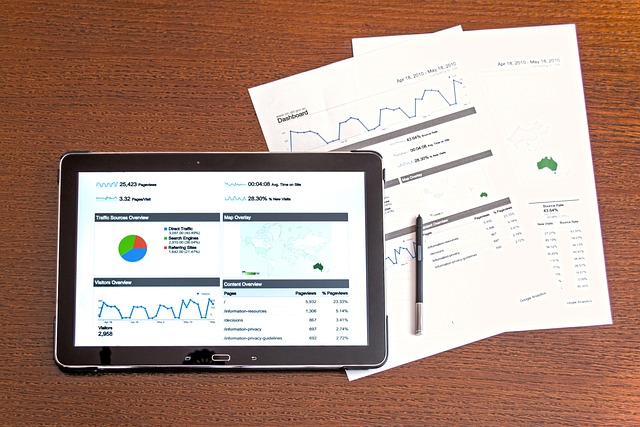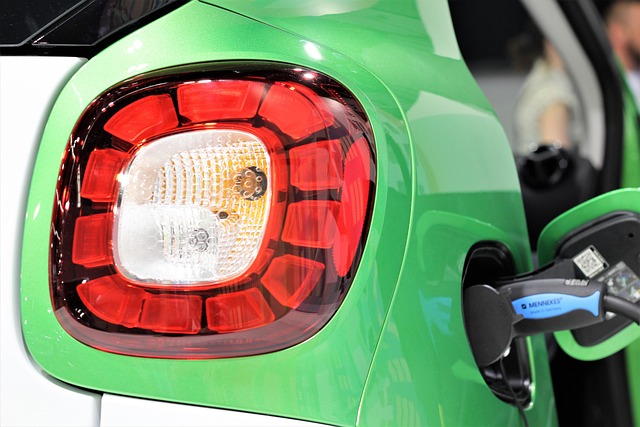Leak detection sensors have evolved with digital controls, enhancing accuracy and efficiency in detecting liquid and gas leaks across various settings. These advanced sensors continuously monitor environmental factors using pressure, temperature, and moisture readings. Upon identifying anomalies, they swiftly trigger alerts via visual and audio signals, enabling immediate action to mitigate water damage and prevent gas buildup risks. Digital controls transform traditional alert systems for precise leak location, reducing response times and minimizing damage. Remote access through smartphone apps or email notifications allows users to proactively monitor and respond to leaks, even while away, ultimately preserving buildings and contents.
“Stay ahead of potential water damage with leak detection sensors equipped with alert systems. This comprehensive guide delves into the world of these advanced technologies, explaining how they work and why they’re crucial for property protection. From traditional to modern digital controls, we explore their enhanced efficiency and accuracy.
Learn about integrating alerts for swift response, ensuring peace of mind and minimizing damage. Discover how leak detection sensors with digital controls are transforming water damage prevention.”
- Understanding Leak Detection Sensors: How They Work and Their Importance
- Digital Controls in Leak Alert Systems: Enhancing Efficiency and Accuracy
- Integrating Alerts: Ensuring Quick Response to Potential Water Damage
Understanding Leak Detection Sensors: How They Work and Their Importance

Leak detection sensors have evolved significantly in recent years, integrating advanced technologies like digital controls for enhanced precision and efficiency. These sensors are designed to monitor liquid or gas leaks in various settings, from residential buildings to industrial facilities. They operate by continuously assessing environmental conditions, using a combination of pressure, temperature, and moisture sensors to detect anomalies indicative of potential leaks.
Once a leak is identified, these sophisticated devices trigger alerts—either through visual indicators, audio warnings, or both—informing occupants or maintenance staff of the issue immediately. This timely notification system is crucial for minimizing water damage, preventing gas build-up hazards, and facilitating swift corrective actions. By integrating digital controls and advanced alert systems, leak detection sensors play a vital role in ensuring safety, preserving property, and promoting sustainable resource management.
Digital Controls in Leak Alert Systems: Enhancing Efficiency and Accuracy

Modern leak detection systems have significantly evolved with the integration of digital controls, marking a substantial leap in efficiency and accuracy. These advanced sensors employ sophisticated algorithms to analyze data in real-time, ensuring immediate detection of even the subtlest leaks. The introduction of digital technology has transformed traditional leak alert systems, allowing for precise identification of problem areas within a structure.
Digital controls enable these sensors to communicate effectively with centralized monitoring systems, eliminating the need for manual inspection and human error. This connectivity facilitates faster response times, as alerts can be sent instantly to responsible parties. Consequently, property owners and managers benefit from reduced damage, lower maintenance costs, and enhanced overall system performance.
Integrating Alerts: Ensuring Quick Response to Potential Water Damage

Integrating alerts into leak detection sensors is a game-changer in responding to potential water damage. These advanced systems go beyond mere sensor functionality, employing digital controls to trigger instant notifications via smartphone apps or email when a leak is detected. This real-time communication ensures that homeowners, property managers, or facility operators can swiftly take action, minimizing the risks associated with water intrusion.
Quick response is key to preventing significant damage and costly repairs. With alert systems in place, individuals can remotely monitor properties, especially during vacations or business trips, allowing for immediate intervention when needed. This proactive approach not only saves money but also preserves the integrity of buildings and their contents, making it an essential consideration in modern leak detection technology.
